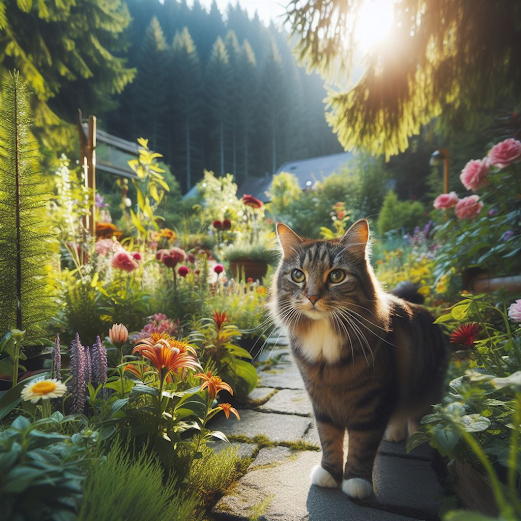Believe it or not, the ASPCA lists 417 varieties of plants that are toxic to cats, as well as 569 that aren’t toxic. While some plants cause mild symptoms, others can be highly dangerous. The lily is particularly hazardous, with all parts of the plant being toxic. However, there are several other plants, both indoors and outdoors, that can harm cats. Here are some common ones:
- Aloe vera: A succulent with jagged edges.
- Pothos: A low-maintenance vine.
- Sago palm: An ancient tropical plant.
- Dieffenbachia: A tropical foliage plant.
- Kalanchoe: A flowering succulent.
- Lily of the valley: Not a true lily.
- Hyacinth: A bulbous spring flower.
- Yew: An evergreen conifer.
- Chrysanthemum: A late-season blooming flower.
- Poinsettia: A perennial shrub from Mexico.
- Lilies (true or daylilies).
- Peace Lily: Not a true lily.
- Cutleaf Philodendron: A tropical split-leaf plant.
- Jade Plants: Succulent money plants.
- Snake Plant: An air-purifying plant.
- English Ivy: A delicate trailing plant.
- Oleander: Also known as Jericho rose or rose laurel.
- Tulip: Another bulbous spring flower.
- Daffodil: Yet another bulbous spring flower.
- Bird of Paradise: Two different plants with this name.
Remember, cats are generally cautious and selective about what they eat. While they may occasionally nibble on grass or greens, they primarily rely on animal-based protein. If you suspect your cat has ingested something toxic, consult a veterinarian promptly.
Sources for the second section on this page: RSPCA, Bing, cats.org.uk. rover.com, pdsa.org.uk, the spruce pets and more - plus me! 😎👍
RELATED: Most popular houseplants are all poisonous to cats bar one
RELATED: Plants poisonous to cats (huge list).


No comments:
Post a Comment
Your comments are always welcome.